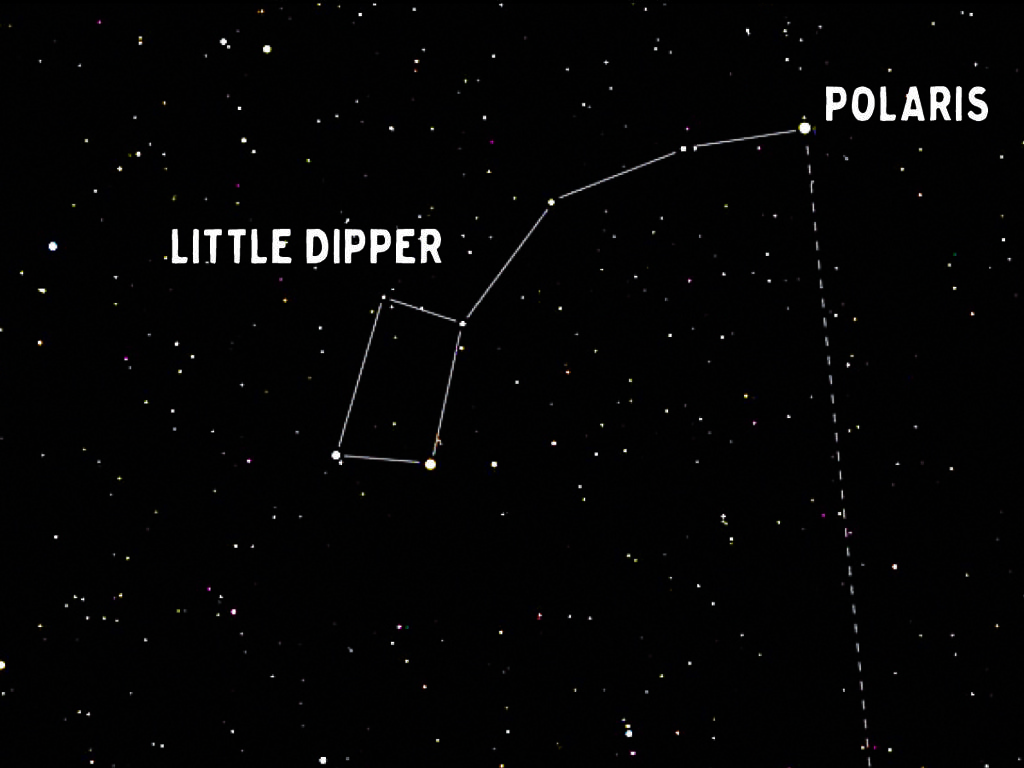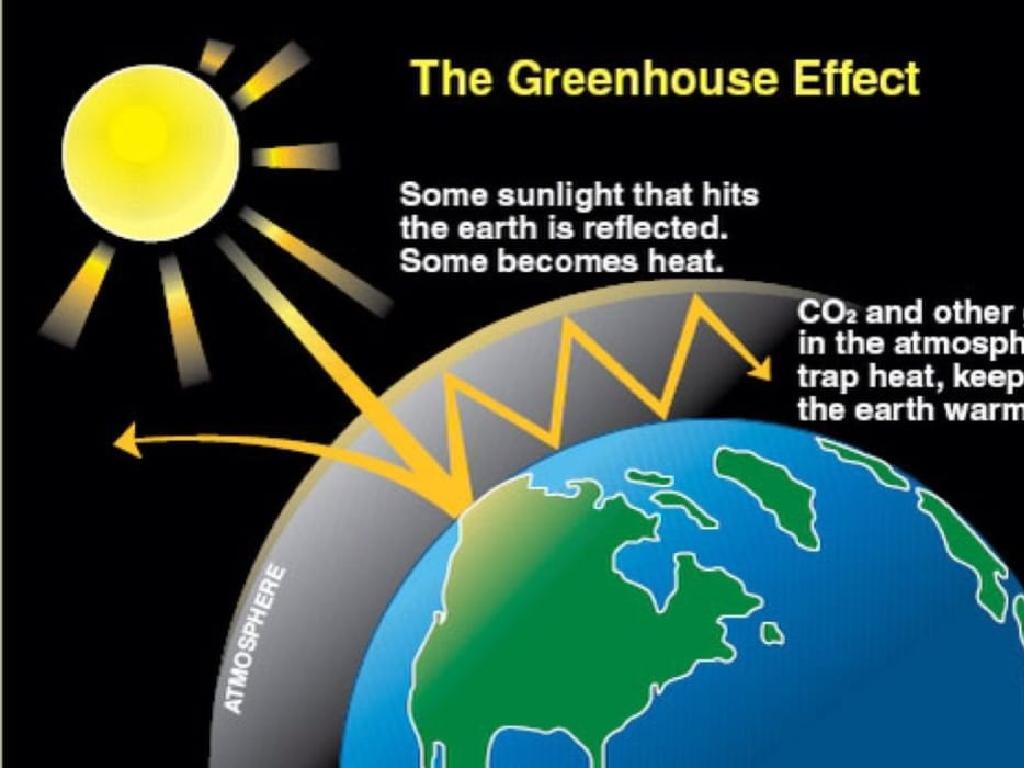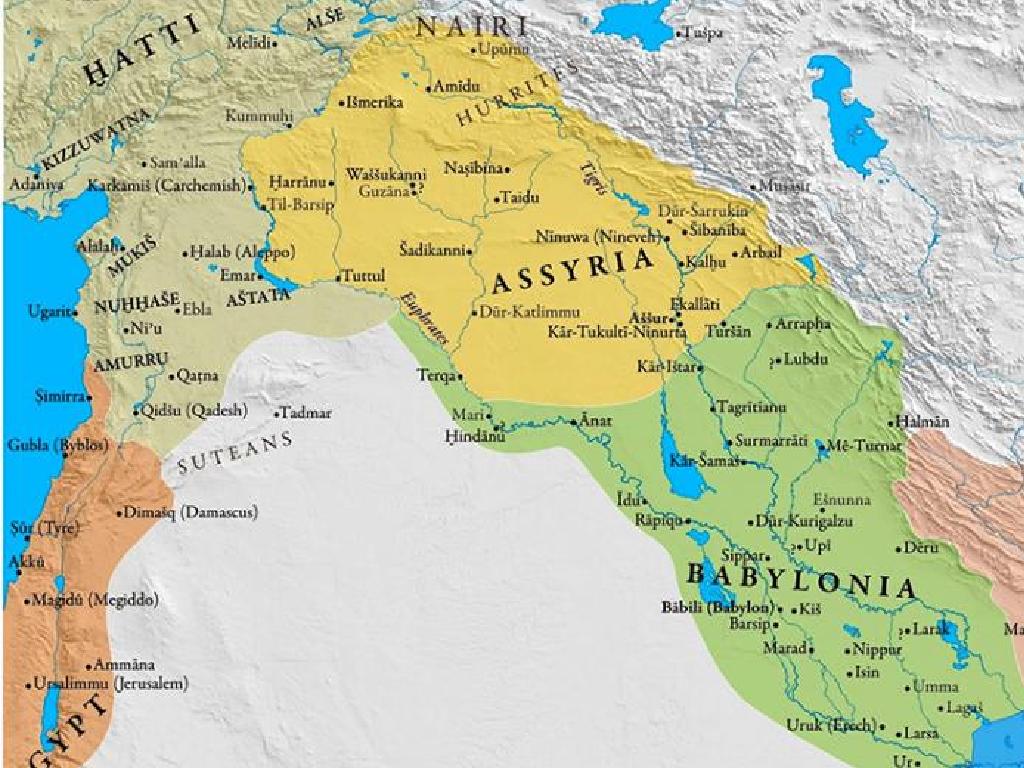Describe Populations, Communities, And Ecosystems
Subject: Science
Grade: Eighth grade
Topic: Ecosystems
Please LOG IN to download the presentation. Access is available to registered users only.
View More Content
Exploring Ecosystems: Populations, Communities, and Ecosystems
– Defining an ecosystem
– An ecosystem includes all living things in an area, interacting with each other and their environment.
– Differentiating populations and communities
– Populations are groups of the same species, while communities are different species living together.
– Interactions within ecosystems
– Organisms interact in various ways: they can be competitive, predatory, or mutually beneficial.
– The balance of ecosystems
|
This slide introduces students to the concept of ecosystems, which are systems comprising living organisms and the physical environment they interact with. It’s crucial to explain that a population is a group of the same species in an area, while a community is made up of different species in an area. Highlight how these groups interact with each other and their environment, forming complex webs of relationships that are essential for the survival of the ecosystem. Emphasize the importance of balance in ecosystems, where changes to one part can affect the whole system. Use examples like a forest or a coral reef to illustrate these concepts. Encourage students to think about local ecosystems and the roles different species play.
Exploring Populations within Ecosystems
– Define a population in ecology
– A group of the same species living in an area
– Characteristics of populations
– Populations have size, density, and distribution
– Population examples in ecosystems
– Fish in a pond, trees in a forest
– Understanding population dynamics
– Populations change due to birth, death, immigration, and emigration
|
This slide introduces the concept of a population in the context of ecosystems. A population is defined as a group of organisms of the same species that live in a particular geographic area. Characteristics such as population size, density, and distribution are crucial for understanding how species interact with their environment and each other. Provide examples like a school of fish in a pond or a stand of trees in a forest to illustrate the concept. Discuss how populations are not static; they change over time due to various factors including birth rates, death rates, and the movement of individuals into and out of the population. Encourage students to think of additional examples and consider how population characteristics can affect the broader ecosystem.
Populations in Detail: Dynamics and Growth
– Population change over time
– Populations can increase, decrease, or remain stable.
– Factors affecting population size
– Birth/death rates, immigration/emigration, and resources availability.
– Understanding growth curves
– Graphs showing exponential or logistic growth patterns.
– Impact on ecosystems
– Population dynamics influence the health and structure of ecosystems.
|
This slide delves into the concept of populations within ecosystems, focusing on how they change and what factors contribute to their growth. Students should understand that populations are not static; they fluctuate due to various factors including birth and death rates, as well as migration patterns. Discuss the significance of resources and carrying capacity in relation to population size. Introduce the concept of growth curves, explaining the difference between exponential and logistic growth. Emphasize the importance of population studies in managing and conserving ecosystems. Encourage students to think of real-world examples where population dynamics have had a noticeable impact on an ecosystem.
Exploring Ecological Communities
– Define ecological community
– A group of different species living & interacting in an area
– Population vs. Community
– Population: one species; Community: multiple species
– Types of interactions
– Mutualism, predation, competition, etc.
– Community’s role in ecosystems
|
This slide introduces the concept of an ecological community within the broader topic of ecosystems. Begin by defining a community as a group of different species that live in the same area and interact with each other. Highlight the difference between a population, which refers to individuals of the same species in an area, and a community, which encompasses multiple species. Discuss the various types of interactions that can occur within a community, such as mutualism, predation, and competition, and how these relationships shape the community structure. Emphasize the importance of communities in maintaining the balance of ecosystems. Provide examples of each type of interaction and encourage students to think of additional examples from nature or documentaries they may have seen.
Exploring Biological Communities
– Species roles within communities
– Each species has a niche, affecting the community’s structure and function.
– Types of community interactions
– Predation, competition, and various symbiotic relationships shape community dynamics.
– Community response to changes
– Communities adapt or shift in composition due to factors like climate change or human activity.
– Symbiosis: Mutualism, Commensalism, Parasitism
– Mutualism benefits both species; commensalism benefits one without harming the other; parasitism benefits one at the expense of the other.
|
This slide delves into the complexity of biological communities by examining the roles species play and the interactions that occur between them. Students should understand that each species has a unique niche, or role, that contributes to the overall ecosystem. Highlight examples of predation (like a lion hunting a zebra), competition (plants vying for sunlight), and symbiosis (bees pollinating flowers). Discuss how environmental changes, such as natural disasters or human influences, can lead to adaptations or changes in community structure. Emphasize the three types of symbiotic relationships and provide examples for each: mutualism (clownfish and sea anemones), commensalism (barnacles on whales), and parasitism (ticks on dogs). Encourage students to think of additional examples and consider how these interactions contribute to the balance of ecosystems.
Exploring Ecosystems
– Define an ecosystem
– A community of living & non-living things interacting
– Biotic & Abiotic factors
– Biotic: living organisms; Abiotic: water, sunlight, soil
– Ecosystem functionality
– Energy flows, nutrient cycles, and population dynamics
– Interdependence in ecosystems
|
An ecosystem encompasses all living organisms (plants, animals, and microorganisms) and the non-living elements (water, air, soil) that interact within an environment. Introduce the concept of biotic and abiotic factors, explaining that biotic factors include all the living components of an ecosystem, while abiotic factors are the non-living, physical and chemical elements like sunlight, temperature, and water. Discuss how these components work together to maintain balance within an ecosystem, including the flow of energy through food chains and webs, the cycling of nutrients, and how populations are regulated. Emphasize the interdependence of organisms and their environment, and how changes to one part of an ecosystem can affect the whole system. This foundational knowledge sets the stage for understanding the complexity and fragility of ecosystems.
Exploring Ecosystems: Energy and Nutrient Cycles
– Energy flow via food chains
– Producers to consumers: grass -> rabbit -> fox
– Interconnected food webs
– Complex networks showing how all food chains are connected
– Nutrient cycles: water, carbon, nitrogen
– Earth’s natural recycling systems that maintain ecosystem health
– Ecosystem stability and succession
– How ecosystems recover from disturbances and mature over time
|
This slide delves into the intricate workings of ecosystems, focusing on the flow of energy and cycling of nutrients. Students should understand that energy in an ecosystem flows in a linear path from producers to various levels of consumers, illustrated by food chains. However, in nature, these relationships are more complex and form interlinked food webs. Nutrient cycles like the water, carbon, and nitrogen cycles are crucial for ecosystem function, recycling vital elements through the environment. Lastly, the concept of ecosystem stability and succession reveals how ecosystems respond to changes and disturbances over time, eventually reaching a stable state. Encourage students to think of local examples and discuss how human activities might impact these natural processes.
Human Impact on Ecosystems
– Human interactions: good and bad
– Positive: planting trees; Negative: pollution
– Conservation vs. Preservation
– Conservation: sustainable use; Preservation: protecting areas
– Our role in ecosystem health
– Making choices that benefit the environment
– Balancing development with nature
|
This slide aims to educate students on the various ways humans affect ecosystems, both positively and negatively. Positive interactions include activities like reforestation, while negative impacts often involve pollution and habitat destruction. The concepts of conservation and preservation are introduced, highlighting the difference between sustainable use and complete protection of natural areas. Emphasize the importance of individual and collective responsibility in maintaining ecosystem health. Discuss how we can make environmentally friendly choices in our daily lives and consider the long-term implications of human development on the natural world. Encourage students to think critically about how their actions impact the environment and to explore ways they can contribute to conservation efforts.
Class Activity: Ecosystem Exploration
– Construct an ecosystem in a bottle
– Recognize populations and communities
– Populations are groups of the same species; communities are all living things in the area.
– Anticipate ecosystem changes
– What happens if a species is added or removed?
– Discuss impacts of changes
– How might environmental changes like pollution affect your bottle ecosystem?
|
This hands-on activity encourages students to engage with the concept of ecosystems by creating their own in a bottle. Provide clear instructions on how to layer soil, plants, and small animals like insects to create a self-sustaining ecosystem. Students should identify various populations (e.g., a group of the same plant species) and communities (all plants and animals inside the bottle) within their bottle. Prompt them to think critically about the balance of their ecosystems and predict how different changes, such as adding a new species or altering the amount of water, could impact the ecosystem’s health. Discuss as a class how these small-scale models can reflect larger ecosystems in the real world. Possible activities: 1) Create a desert ecosystem, 2) Simulate a rainforest in a bottle, 3) Build an aquatic ecosystem, 4) Experiment with a grassland setup.
Ecosystems: Conclusion and Recap
– Review: Populations, Communities, Ecosystems
– Populations are groups of same species, communities are different populations in an area, ecosystems include living/non-living things.
– Ecosystems’ role in Earth’s life
– Ecosystems provide resources for survival, maintain balance, and support biodiversity.
– Engage in Q&A session
– Discuss ecosystem concepts
– Use examples from lesson to reinforce learning and clarify doubts.
|
This slide aims to consolidate the students’ understanding of the fundamental concepts of populations, communities, and ecosystems. Emphasize the interconnectedness of these components and their collective impact on the health and sustainability of our planet. Highlight the importance of ecosystems in providing essential services such as clean air, water, and food, which are vital for all life forms. Encourage students to ask questions and engage in a discussion to clarify any uncertainties they may have. This will also help to assess their grasp of the subject matter and to reinforce their knowledge through active participation.





